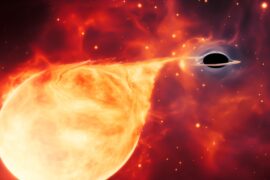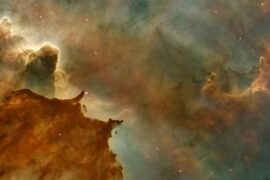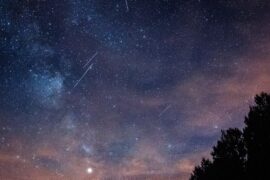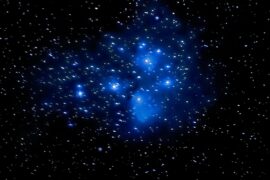What is the tiniest thing in the Solar System — a dust grain, a pebble, or a cube-shaped satellite the size of a loaf of bread?
There’s a huge span of sizes out there, from sub-micrometer specks to meter-scale rocks and little moons. Studying those specks and pebbles matters because they record the Solar System’s origin, deliver organics to worlds, gouge spacecraft surfaces, and help planners assess resources and hazards.
This piece walks through 10 notable tiny things scientists study — grouped into microscopic particles; meter-scale meteoroids and tiny asteroids; tiny natural satellites and ringlets; and human-made micro-objects and returned grains. Along the way I’ll give approximate sizes and real mission examples like Stardust and Rosetta to show why small objects punch above their weight.
Curious about the smallest objects in solar system? Read on — the details are surprisingly rich.
Microscopic and Sub-millimeter Particles
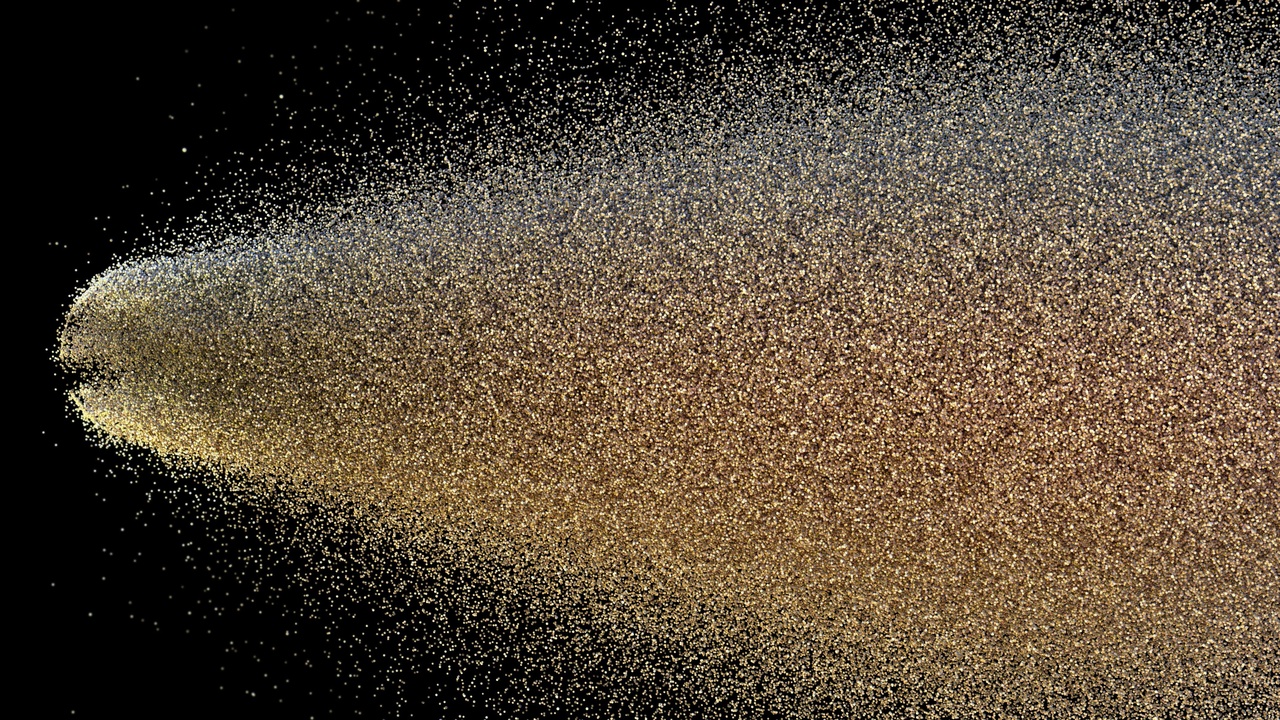
The space between planets is full of particles far smaller than a grain of sand, and those tiny bits are essential evidence of how planets and comets formed. Sizes here run roughly from 0.1 micrometers up to about a millimeter, and spacecraft both returned and measured these particles directly.
1. Micrometer-scale interplanetary dust grains
Interplanetary dust grains rank among the smallest solid objects scientists study — roughly 0.1–100 micrometers across. Many are silicate minerals, carbon-rich particles, or rare presolar grains that predate the Sun.
NASA’s Stardust mission captured and returned dust from comet Wild 2 in 2006, bringing back sub-millimeter and micrometer-sized fragments that labs still analyze today. Those grains preserve primitive chemistry and, because they’re physically accessible, let researchers measure isotopic ratios and organic compounds at high precision.
Analyses of returned grains influence models of planet-forming disks and early Solar System chemistry, and they help climate and atmospheric models that depend on dust properties. Even a single 10‑micron grain can hold a record of processes from billions of years ago.
2. Cometary coma grains detected by Rosetta
Comets shed grains as sunlight warms volatile ices, producing a mix of tiny particles and occasional clumps. Rosetta, which arrived at comet 67P in 2014 and monitored it through 2016, detected dust from micrometers up to centimeter-scale pieces and mapped their speeds and trajectories.
Those measurements showed that comets can emit both fine dust that seeds meteor streams and larger fragments that transport material across the Solar System. Studying 67P’s grains helped link in-situ dust properties with remote observations of comet tails and with the meteor showers Earth experiences.
3. Ring micrometers to centimeter particles (Saturn and Jupiter)
Planetary rings are vast collections of particles whose sizes span micron-dust up to multi-meter chunks. Cassini’s measurements (2004–2017) demonstrated broad size distributions across Saturn’s rings, with different processes dominating at different scales.
Saturn’s E ring, for example, is dominated by micron-sized ice grains launched by Enceladus’ geysers. Those tiny grains trace ongoing geologic activity and show how moon-sourced material shapes ring structure — and they’re also a material hazard for any spacecraft passing through a ring plane.
Meter-scale Meteoroids and Tiny Asteroids
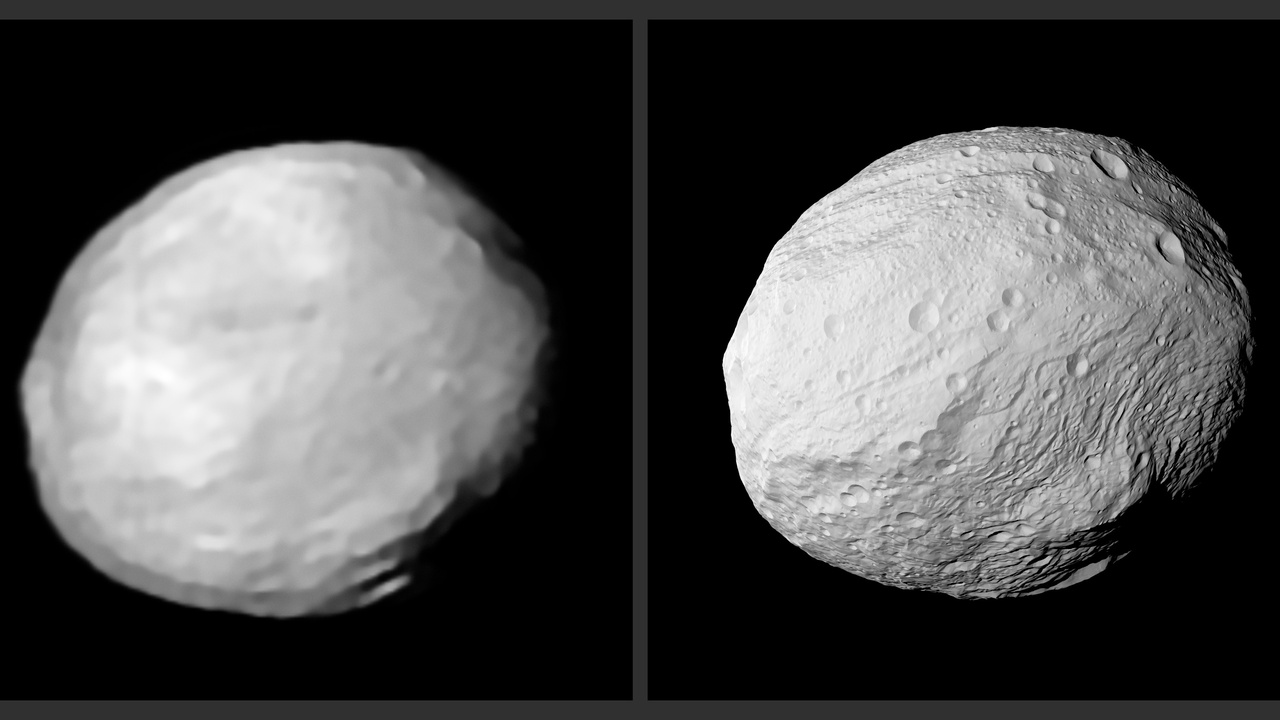
A notch up in size are meter-class rocks — rare to detect but important because they can deliver meteorites, pose impact hazards, and are often the largest particles spacecraft designers must consider. Typical sizes in this class run from about 1 to 10 meters.
4. Micrometeoroids that create meteors
Micrometeoroids, roughly 100 micrometers to a few centimeters across, vaporize in Earth’s atmosphere to produce the meteors we see. Earth encounters many such particles every day; globally, thousands of meteors occur daily, though only a fraction are bright enough to catch casual observers’ attention.
These particles matter for spacecraft: impacts by millimeter-scale grains can degrade solar panels and instruments, so shielding design uses measured meteor fluxes to set protection levels. Familiar annual showers, like the Perseids and Leonids, are concentrated encounters with cometary dust streams.
5. Small asteroids that impacted Earth: 2018 LA and 2008 TC3
From time to time, telescopes spot truly small asteroids on collision courses. Two well-documented cases are 2008 TC3, which fell over Sudan on October 7, 2008, and 2018 LA, which impacted Earth’s atmosphere on June 2, 2018.
2008 TC3 was estimated at roughly 4 meters across and produced the Almahata Sitta meteorite strewn field; scientists recovered samples and linked them to that known orbit. 2018 LA was smaller, about 2–3 meters, and rapid follow-up allowed trajectory reconstruction and fragment recovery in southern Africa.
Those events demonstrate that survey telescopes plus fast coordination can recover fresh meteorites and tie physical samples to a pre-impact orbit — a powerful combination for studying composition and impact physics.
6. Tiny near-Earth asteroids (e.g., 2015 TC25)
Astronomers occasionally discover meter-scale objects that linger in near-Earth space long enough for follow-up. One example is 2015 TC25, discovered in 2015 and estimated around 2 meters across; radar and spectral observations helped characterize its surface as unusually reflective and likely stony.
Follow-up studies of these small NEAs give composition and spin information, which matters for both resource assessment and planetary defense testing. Small, bright targets like 2015 TC25 are also useful proving grounds for radar techniques and rapid-response observation campaigns.
Tiny Natural Satellites and Ring Moonlets
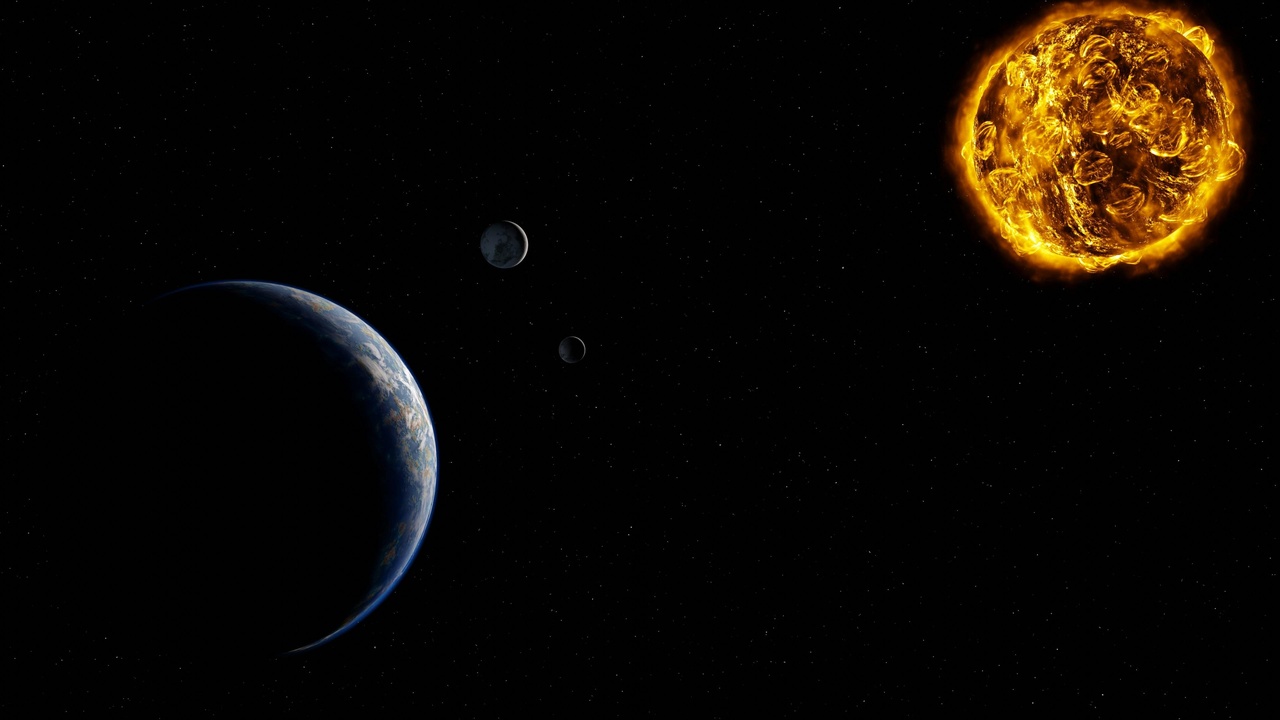
The Solar System hosts tiny moons and moonlets whose sizes range from a few hundred meters up to a few kilometers. These objects reveal collisional histories, capture processes, and the ways disks respond to embedded bodies.
7. Small asteroid moons (example: Dactyl)
Some small asteroids have tiny companions. Dactyl, the moon of asteroid 243 Ida, was discovered in images from the Galileo spacecraft in 1993 and is about 1.4 kilometers across. Its existence showed that binaries form in the asteroid belt and that small-scale collisions can create satellites.
Studying mutual orbits in binary systems lets scientists calculate the primary’s mass and bulk density — key quantities for inferring internal structure. Binary asteroids also demonstrate how angular momentum and impacts reshape small bodies over time.
8. Ring-embedded moonlets and tiny irregular satellites
Some moonlets live inside rings and literally sculpt them. Daphnis, embedded in a gap of Saturn’s A ring, is only a few kilometers across (roughly 6–8 km) but creates visible waves along the ring edge in Cassini images.
Beyond ring moonlets, gas giants host dozens of tiny irregular satellites discovered in the 1990s and 2000s, many under a few kilometers in diameter. Their inclined, eccentric orbits point to capture and violent early-system interactions, offering clues to the Solar System’s chaotic youth.
Human-made Micro-objects and Returned Grains
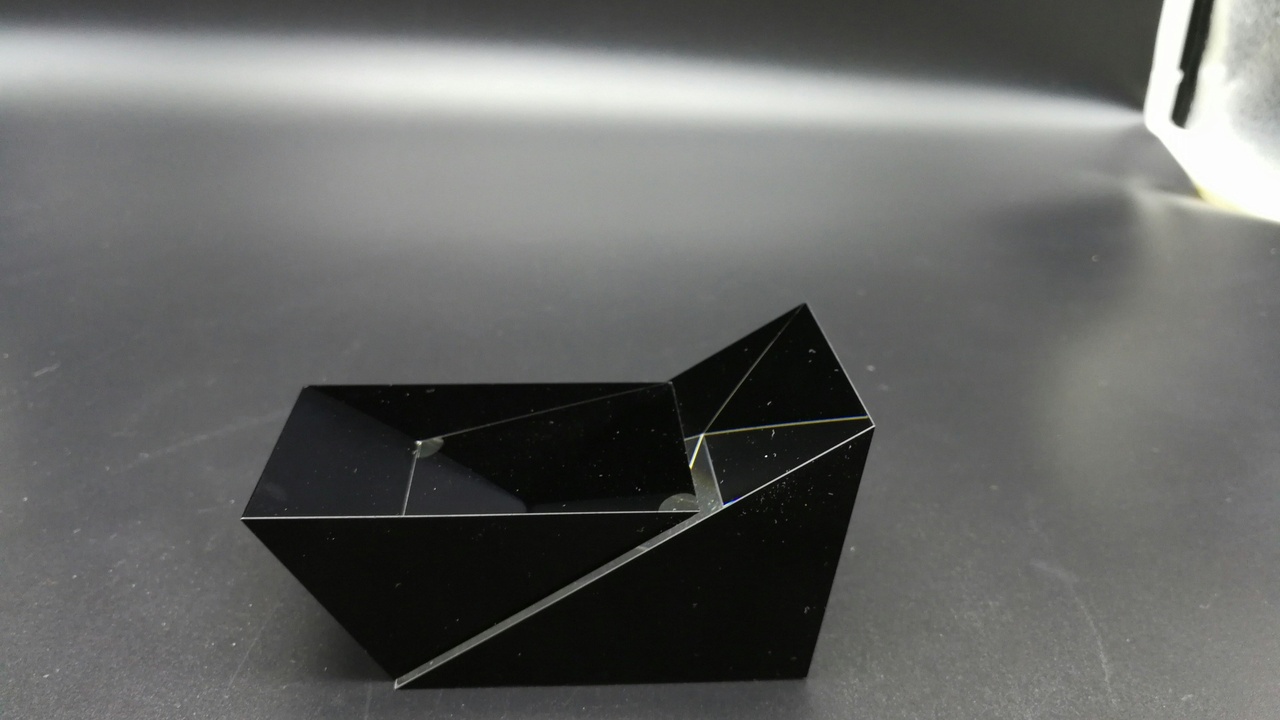
Human technology now places very small objects throughout space — standardized CubeSats, scientific instruments, and precious sample grains returned to Earth. These artifacts are important for engineering, policy, and high-precision science.
9. CubeSats and tiny spacecraft (1U = 10 cm)
CubeSats use a standard 1U unit: a 10×10×10 cm cube. The standard emerged in the early 2000s and made small missions affordable for universities and companies. CubeSats now do everything from Earth observation to tech demonstrations in deep space.
A milestone came in 2018 when the MarCO-A and MarCO-B CubeSats flew to Mars to relay data from NASA’s InSight landing — the first time such tiny spacecraft operated successfully beyond Earth orbit. That mission proved small platforms can perform meaningful roles on grand missions.
10. Returned sample grains and millimeter fragments
Returned missions routinely bring back particles ranging from micrometers to millimeters, and labs extract enormous scientific value from these tiny bits. Stardust returned cometary grains in 2006, and OSIRIS‑REx sampled asteroid Bennu in 2020 and returned its collection to Earth in 2023.
Laboratory techniques can measure isotopic ratios, mineral textures, and organic molecules at sub-micron scales — information that remote sensing can’t match. Those measurements let researchers pin ages, formation environments, and alteration histories for the smallest returned objects.
Summary
- Tiny solids span an enormous range — from sub-micron dust to multi-meter boulders and small moons — and each size range tells a different story about origin and evolution.
- Microscopic particles returned or measured by missions like Stardust (2006) and Rosetta (2014–2016) preserve primordial chemistry that laboratory instruments can decode.
- Meter-scale rocks such as 2008 TC3 (October 7, 2008) and 2018 LA (June 2, 2018) show that small impactors can be tracked, recovered, and studied — which matters for both science and hazard planning.
- Human-made micro-objects — CubeSats (1U = 10 cm) and tiny returned grains from OSIRIS‑REx (sampled 2020, returned 2023) — prove that both engineering and science benefit from working at very small scales.
- The smallest objects often carry outsized importance: they record Solar System history, shape environments, and will keep surprising us as new missions and telescopes find ever-smaller targets.
Enjoyed this article?
Get daily 10-minute PDFs about astronomy to read before bed!
Sign up for our upcoming micro-learning service where you will learn something new about space and beyond every day while winding down.


